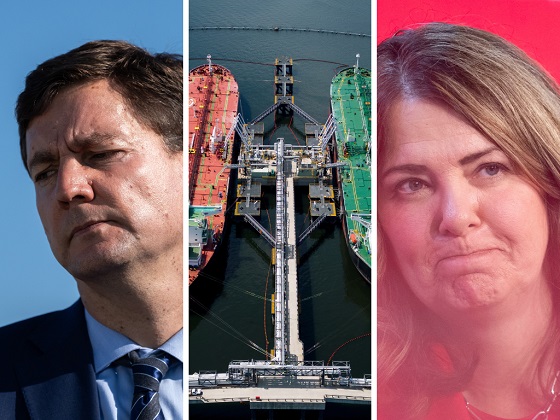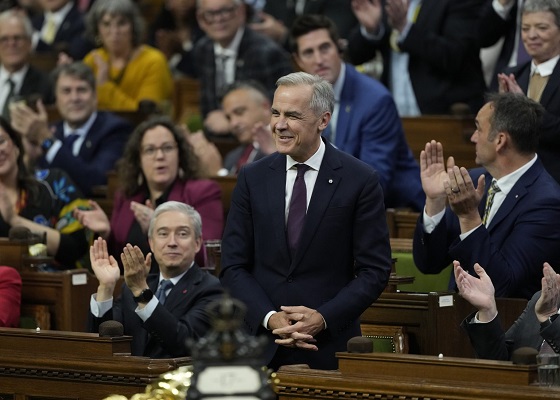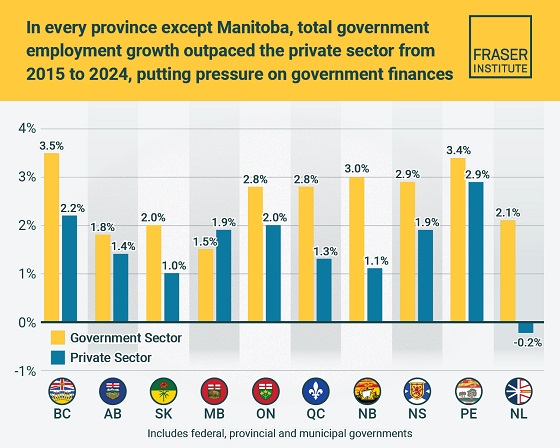
By David Blackmon
Will America’s electricity grid make it through the impending winter of 2025-26 without suffering major blackouts? It’s a legitimate question to ask given the dearth of adequate dispatchable baseload that now exists on a majority of the major regional grids according to a new report from the North American Electric Reliability Corporation (NERC).
In its report, NERC expresses particular concern for the Texas grid operated by the Electric Reliability Council of Texas (ERCOT), where a rapid buildout of new, energy hogging AI datacenters and major industrial users is creating a rapid increase in electricity demand. “Strong load growth from new data centers and other large industrial end users is driving higher winter electricity demand forecasts and contributing to continued risk of supply shortfalls,” NERC notes.
Texas, remember, lost 300 souls in February 2021 when Winter Storm Uri put the state in a deep freeze for a week. The freezing temperatures combined with snowy and icy conditions first caused the state’s wind and solar fleets to fail. When ERCOT implemented rolling blackouts, they denied electricity to some of the state’s natural gas transmission infrastructure, causing it to freeze up, which in turn caused a significant percentage of natural gas power plants to fall offline. Because the state had already shut down so much of its once formidable fleet of coal-fired plants and hasn’t opened a new nuclear plant since the mid-1980s, a disastrous major blackout that lingered for days resulted.
To their credit, Republican Texas Gov. Greg Abbott, the legislature, ERCOT, and other state agencies have invoked major reforms to the system designed to prevent this scenario from happening again over the last four years. But, as NERC notes, the state remains dangerously short of dispatchable thermal capacity needed to keep the grid up and running when wind and solar inevitably drop off the system in such a storm. And ERCOT isn’t alone: Several other regional grids are in the same boat.
This country’s power generation sector can either get serious about building out the needed new thermal capacity or disaster will inevitably result again, because demand isn’t going to stop rising anytime soon. In fact, the already rapid expansion of the AI datacenter industry is certain to accelerate in the wake of President Trump’s approval on Monday of the Genesis Mission, a plan to create another Manhattan Project-style partnership between the government and private industry focused on AI.
It’s an incredibly complex vision, but what the Genesis Mission boils down to is an effort to build an “integrated AI platform” consisting of all federal scientific datasets to which selected AI development projects will be provided access. The concept is to build what amounts to a national brain to help accelerate U.S. AI development and enable America to remain ahead of China in the global AI arm’s race.
So, every dataset that is currently siloed within DOE, NASA, NSF, Census Bureau, NIH, USDA, FDA, etc. will be melded into a single dataset to try to produce a sort of quantum leap in AI development. Put simply, most AI tools currently exist in a phase of their development in which they function as little more than accelerated, advanced search tools – basically, they’re in the fourth grade of their education path on the way to obtaining their doctorate’s degree. This is an effort to invoke a quantum leap among those selected tools, enabling them to figuratively skip eight grades and become college freshmen.
Here’s how the order signed Monday by President Trump puts it: “The Genesis Mission will dramatically accelerate scientific discovery, strengthen national security, secure energy dominance, enhance workforce productivity, and multiply the return on taxpayer investment into research and development, thereby furthering America’s technological dominance and global strategic leadership.”
It’s an ambitious goal that attempts to exploit some of the same central planning techniques China is able to use to its own advantage.
But here’s the thing: Every element envisioned in the Genesis Mission will require more electricity: Much more, in fact. It’s a brave new world that will place a huge amount of added pressure on power generation companies and grid managers like ERCOT. Americans must hope and pray they’re up to the task. Their track records in this century do not inspire confidence.
David Blackmon is an energy writer and consultant based in Texas. He spent 40 years in the oil and gas business, where he specialized in public policy and communications.
Related



















